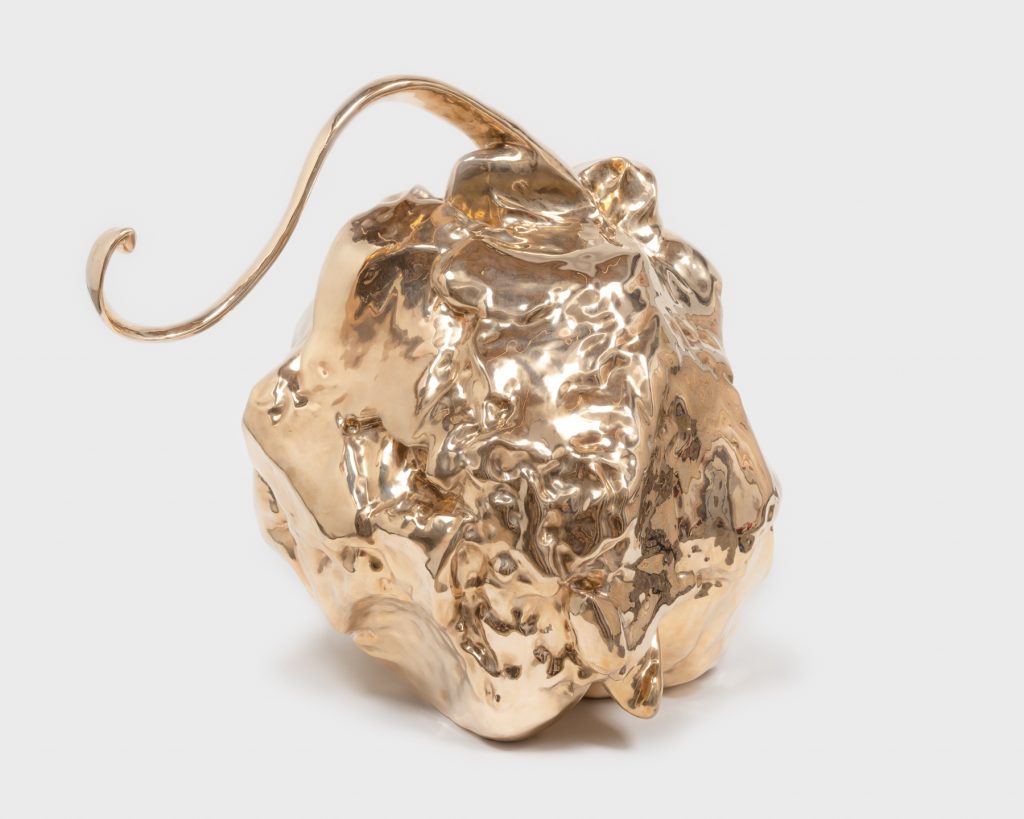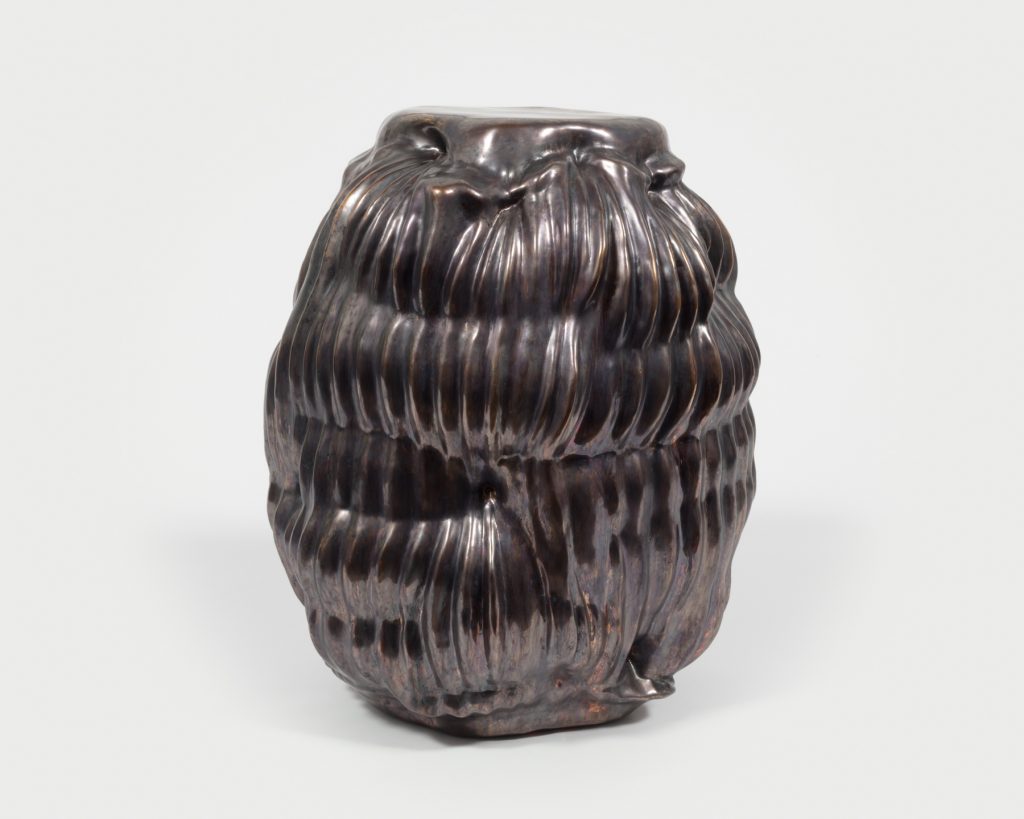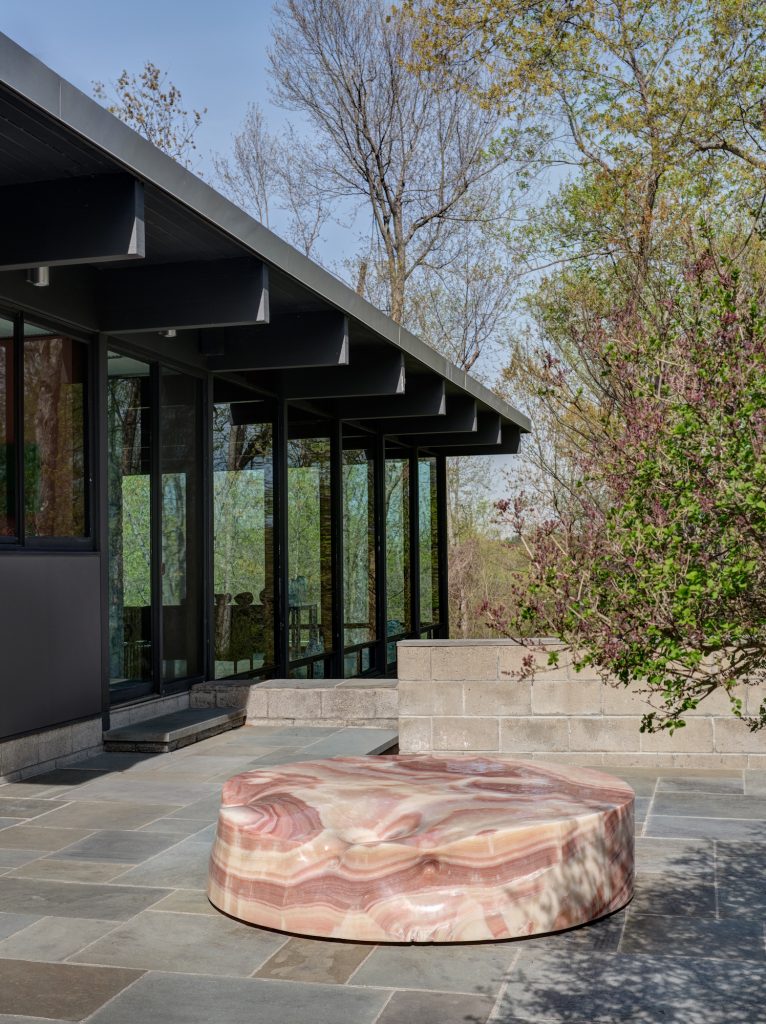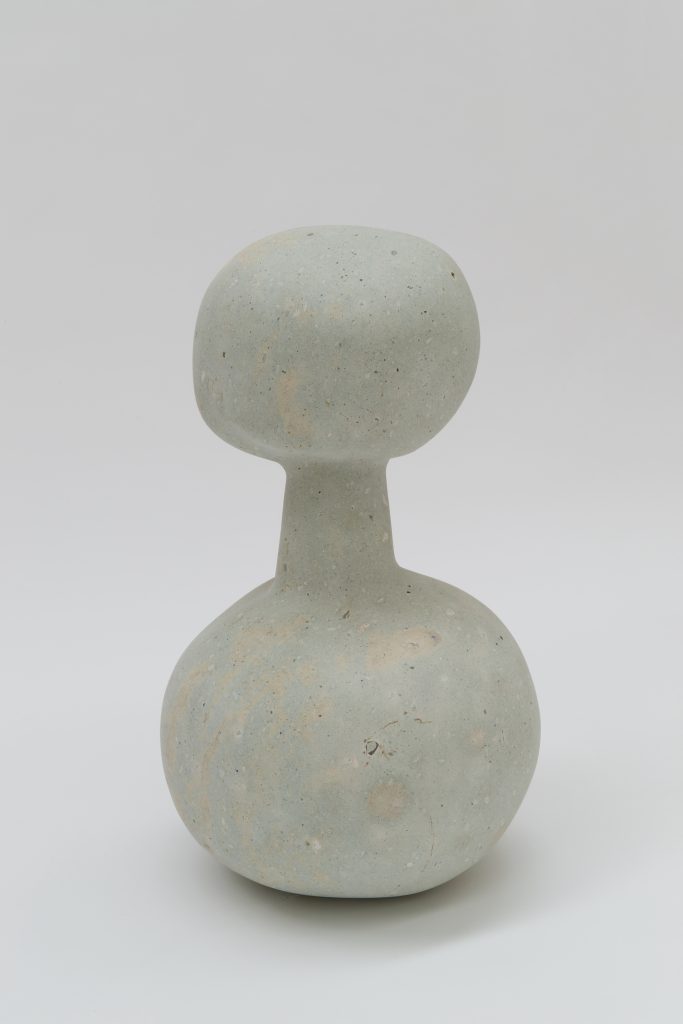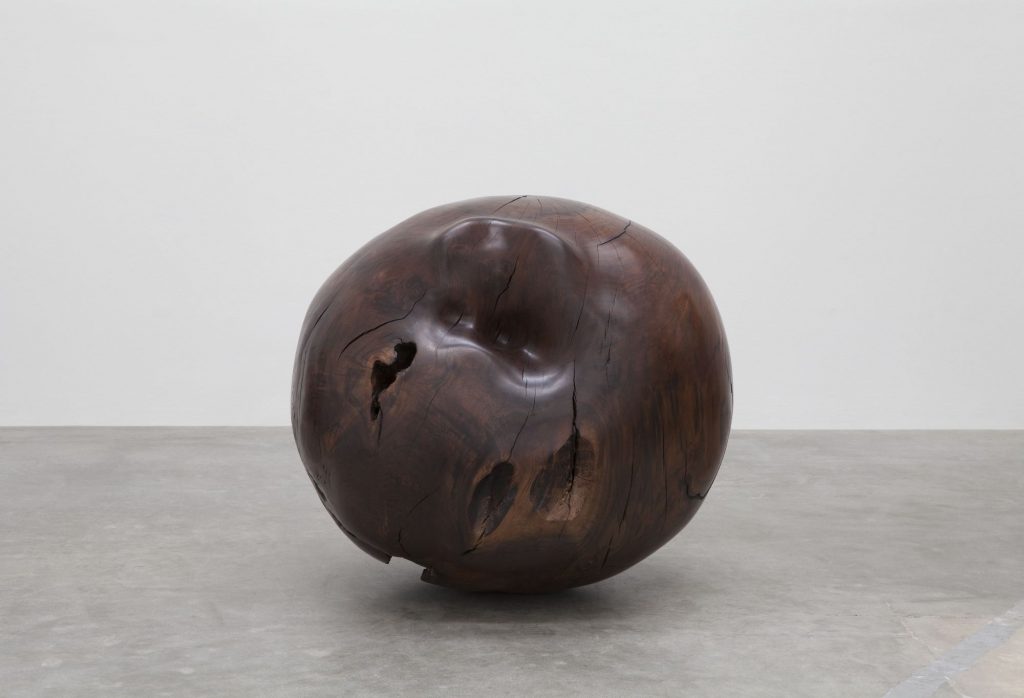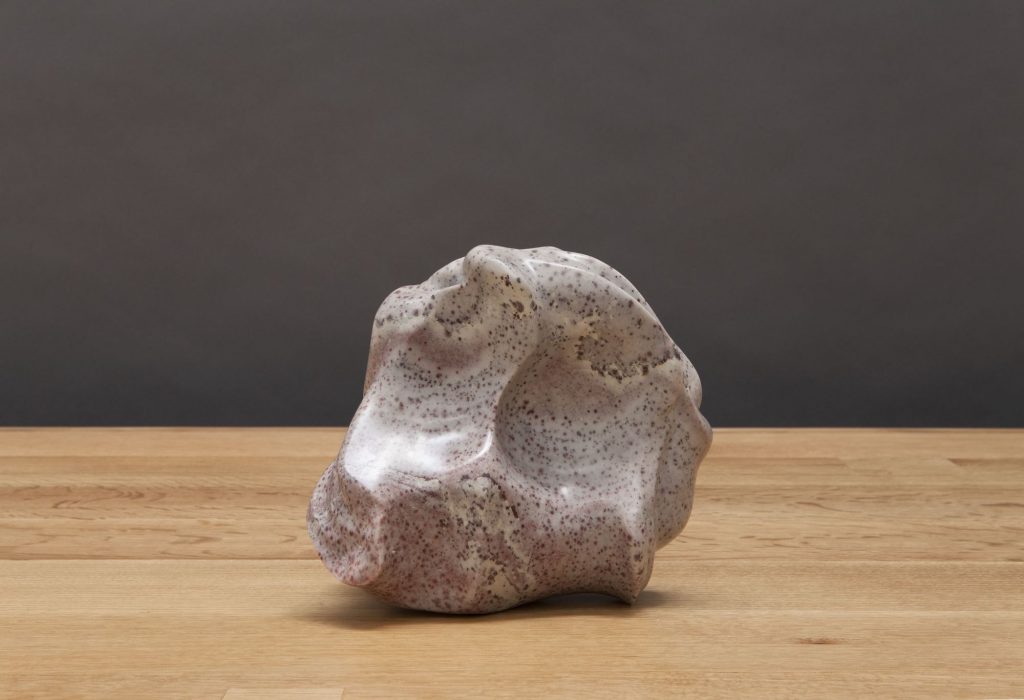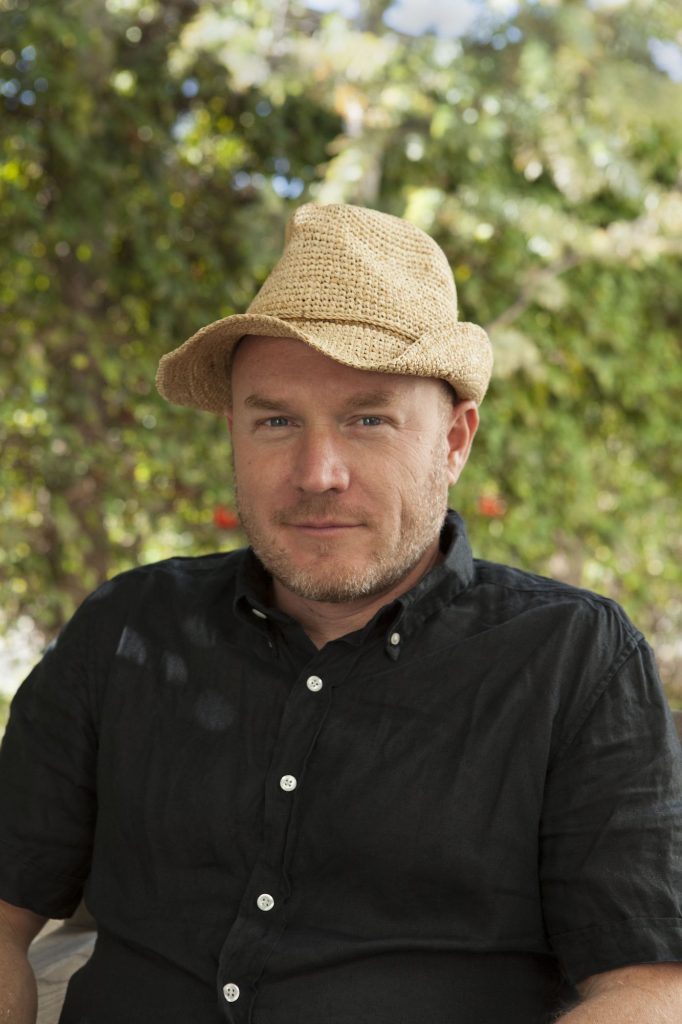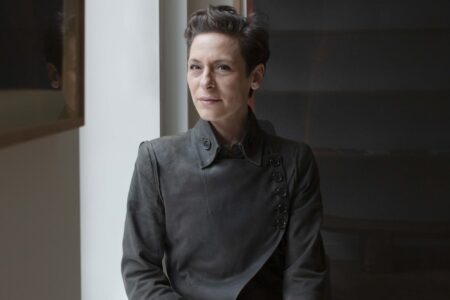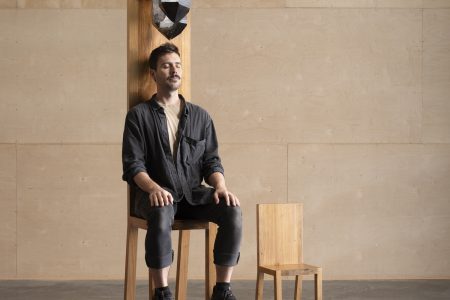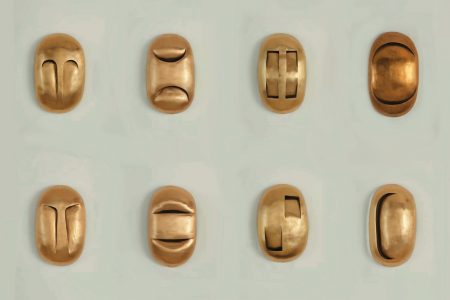Of Hieroglyphs, Petroglyphs and Mexican Churches
For the A/W 2022 edition of TLmag38, Christian Larsen talked with Alma Allen about the origins of his creative inspiration, the materials and the environments in which he works, the relationship between art and design, and the growth of his studio to include new forms of technology.
Alma Allen began hand-carving small scale objects from a young age, but only considered his art a viable profession after an accident in New York in his early 20s left him temporarily unable to work and in need of money. He gathered the sculptures he had made to date and arranged them in front of a post-office in SoHo. In two weeks selling his work on the street, he managed to capture the attention of Ted Muehling, Todd Oldham, and Li Edelkoort, who published the first article on his work. After inclusion in the 2014 Whitney Biennial, Allen’s work had become celebrated by the art world. In this interview, Allen discusses the origins of his creative inspiration, the materials and the environments in which he works, the relationship between art and design, and the growth of his studio to include new forms of technology.
TLmag: You’ve lived and worked in some extraordinary landscapes, both the urban and naturally sublime, including Utah, Palm Springs, New York, and Mexico City. Is there a relation between your chosen environments and materials and aesthetic?
Alma Allen: My first instinct to make art was as a child in Utah, where there are a lot of petroglyphs. I would make little objects out of wood and leave them at the petroglyphs near my house where I grew up, thinking that the people who made them were still there but were too wise to show themselves. That kind of work was very important; this first instinct from nature.
We came down to Mexico when Donald Trump was elected. We were here on the night of the election and we ended up staying. I love being here. The culture is very warm. In Mexico there’s a lot of amazing stone available. I go on trips on my motorcycle to different towns to visit the churches, which are often the oldest buildings in the town. You look at the stone used to make it, and you can find the quarry that produced the stone nearby. It’s become my hobby here. There are very few quarries in the US, but in Mexico there are hundreds. Its more efficient to carve a 4 ton block of stone if it comes from 20 miles away than from Italy. Its more sustainable. Now that I’m here, all the materials I use come from within 300-400 miles. For me that was a big reason for moving. I knew I could find the stones. It’s easier to move me one time than giant blocks of stone many times. And then I get to live in Mexico. There’s a town near my studio where the entire industry in the town of 10,000 people is just stone carving. It’s just a different culture. It’s a culture in which people are very proud to be craftspeople and work with their hands. I didn’t have that feeling in the US very much. A lot of people feel like you shouldn’t have to work with your hands. They look down on it, like you were somehow unlucky.
TLmag: Organic, natural, amorphous, ambiguous are some words that are often used to describe your work, as similar to Noguchi or Brancusi, and most recently by comparison to JB Blunk.
A.A.: I didn’t know JB Blunk’s work until recently. His work was pretty hidden for a long time, I think. Max Lamb was at a residency at his house and that was when I first heard about him. So, initially, he wasn’t an influence on me. But we have things in common. We use the same materials, such as these amazing walnut burls in California, which come from commercial walnut orchards. I mostly worked with whole trees, or pieces of wood at firewood yards, or orchards being taken out, from salvage. I had a chainsaw, and I would find trees fallen over on the side of the road. All of my furniture came from salvaged sources. I would mill the wood myself from the trees. I would buy entire semi-trucks of wood, 50 tons, that would last me a couple years. From different tree service people you learn when something becomes available. The Claro Walnut hybrid is really beautiful and often the wood that Nakashima and Blunk used. It’s my favourite wood. I haven’t made [anything in] wood in Mexico because it isn’t available here.
TLmag: How would you respond to additional terms to describe your work: primal, elemental, intuitive, archetypal?
A.A.: I love the work from Egypt. You can’t have a more archetypal cat than an Egyptian cat; the refining. I don’t make the same thing twice. I try to keep refining a single shape, like an archetype. The sculptures that I like and still like to go see are older things, although I go see contemporary art. But I don’t see there’s much difference between the two, at least in sculpture; a primitive carved stone from 10,000 years ago, it is the same, the same human, the same way of making, often for the same kind of reason. Maybe it is just living here, where past is present in a confusing way, all at the same time. It’s a lovely thing about being in Mexico.
Perhaps the largest influence on my work is not western art, but indigenous art from around the world. Humans have been making sculpture for a lot longer than 1920, or whenever Brancusi started. I’m interested in making something that holds an idea – like a petroglyph, or the earliest forms of writing. If you make a realistic representation of a person, it’s different than if you make a representation meant to show an emotion or fear. I try to come at it like a carver sitting around a fire 10,000 years ago might have come to the idea of how to make the thing. I try to stay in that world a little bit, because that’s what interested me in the beginning. It’s the thing that feels more honest to me at least. It’s what I like to see in other people’s work. Maybe it’s from being self taught and spending too much time alone that I don’t have a more academic point of view. Sculpture is kind of different for people who carve things. Because you’re there sometimes for hours or days, it is repetitive and meditative. It gives you time to think about the work you’re making.
TLmag: Both the art world and design community celebrate your work, which has obvious appeal to both fields. Do you distinguish between the two and adjust your approach and materials based on the commission or idea at hand?
A.A.: I had worked as a stonemason’s apprentice as a teenager, so I made work with my hands, learning to carve stone for decorative things, not for art work. I’m self taught in most things. I didn’t finish going to high school or college. I did some freelance work designing housewares for Esprit, the European one not the American one, such as cups, dishes, knives, forks and spoons. I started making furniture by accident and when I moved to LA in 2001 I rented a space to do a pop-up store with my sculptures. I made the pedestals and furniture for the space and that ended up being what sold well instead of my art work, which was a little frustrating. I still make furniture but not as much. Now it’s usually commissioned pieces and only a couple times a year. I recently had an exhibition of functional work in Mexico City with AGO. It was the first in Mexico since living here and it nice to have something happen in the place where I live.
TLmag: Your hands have suffered repeated injury from “obsessive over-carving.” Many of the greatest sculptors of all time, Michelangelo and Aleijadinho among them, have had this in common with you. But you’ve solved the problem with a robotic arm. You developed this prosthetic tool yourself? How has it affected your practice?
A.A.: In the last 5-6 years, the studio has started making mostly large-scale works. Until I was 45 I made things by myself with my own hands without much help. Now I have the help of a lot of people, machines, and technology. Which is changing the work. The work isn’t as natural because there’s a lot of bronze. It’s an amazing material – scalable, malleable. The process I am using is very plastic, it can kind of be anything. I see it as hard clay. Currently we’re making a lot of pieces that are 5 to 7 meters tall, quite different than when I was making work a couple of inches tall. I do models in small scale and I carve in wax and plaster, and then use scanners and 3D printers to enlarge the scale. I injured my hands working, and I couldn’t do it anymore, that’s why I turned to technology. It’s been almost 10 years using computers to help make the work. A lot has changed, I’ve been accepted into the art world, especially after I was invited to show in the Whitney Biennial. The scale has grown much larger and now I’m responsible the livelihoods of fifteen people.
@almaallen
www.blumandpoe.com
@blumandpoe
